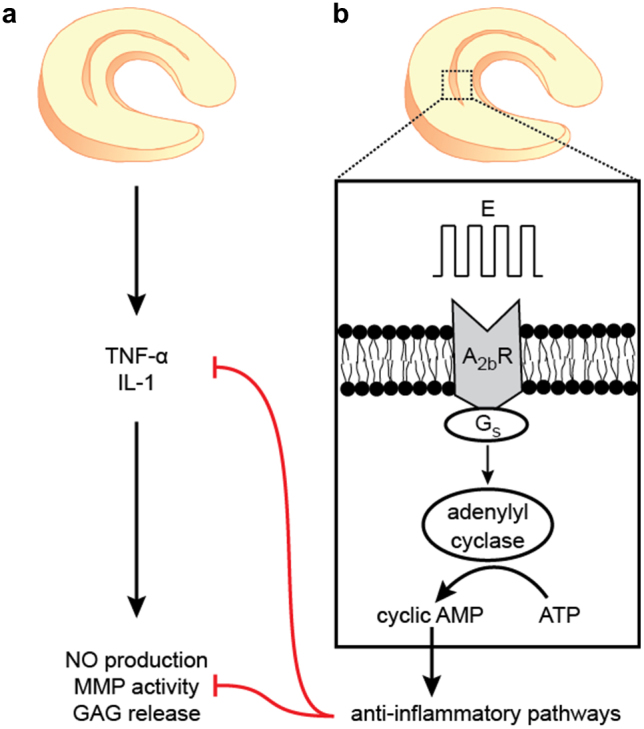Figure 6. Proposed model of meniscus electrotransduction.

(a) After meniscus injury, elevated levels of the pro-inflammatory cytokines, TNF-α and IL-1, lead to increases in nitric oxide (NO) production, matrix metalloproteinase (MMP) activity, GAG release, and overall tissue degradation. (b) Transduction of pulsatile direct current electrical signals (E) may occur by G protein-coupled adenosine A2b receptors on the meniscus cell membrane, which stimulate adenylyl cyclase via Gs and activate cyclic AMP. Increases in intracellular cAMP trigger anti-inflammatory pathways, which suppress NO production, MMP activity, and GAG release, and inhibit the initial cytokines. These downstream effects may prevent the degradation of meniscus tissue that leads to osteoarthritis.
